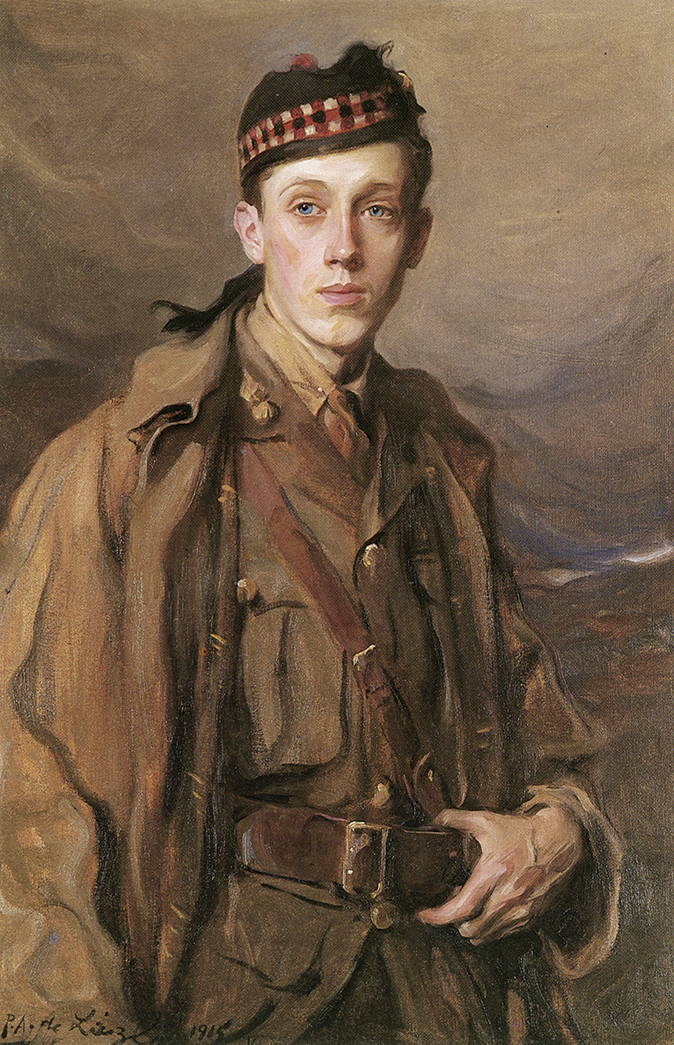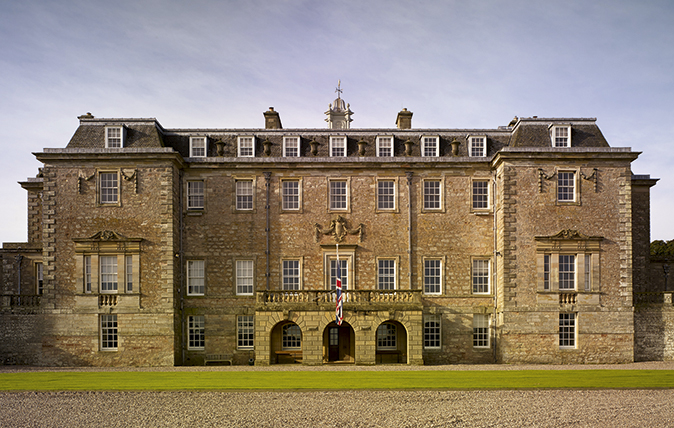My favourite painting: Lord Hesketh
'All of its truth and painful beauty remain with me forever'



Lt J. R. D. McEwen by Philip de László (1869–1937), 37 ½in by 25½in, private collection. Copyright: Mrs Alexander McEwen
Lord Hesketh says: I spent every summer of my childhood looking at this portrait hanging in the dining room of my grandfather’s summer home, where my great uncle last saw his family before catching the night sleeper south to his eventual death on the Somme. His appearance, the urgency, youth and strength of character, have an eternity that is as true today as it was more than a century ago. Some years later, I spent one winter alone in the same house with his nephew – my uncle, Jamie, who was badly wounded in Normandy – and the picture was often the centre of our discussion. All of its truth and painful beauty remain with me forever.
The Rt Hon Lord Hesketh KBE hosts the Greyhound Derby on June 2 at his Towcester Racecourse, which, since 2014, has included a world-class greyhound track
John McEwen comments on Lt J. R. D. McEwen: Jim McEwen’s musical father, patron of composer Charles Villiers Stanford, owned two country estates. Jim was to have Bardrochat in Carrick. Jim’s upbringing was strongly religious and musical. He loved country sports and won Eton’s drawing prize at 15. When, out of the blue, the First World War came, first-born Jock cut short his Cambridge education to enlist. He got leave for the Glorious Twelfth and, in his memoir of Jim, he wrote: ‘It was then the two boys and their father were able to take to the hill… for the last time together.’
Jim had gone up to Cambridge days before the Declaration. He was just 18, so there was minimal pressure on him to volunteer; even Jock urged him not to. Most days that August, he took gun and sandwiches and walked the moor alone, not so much to bag a grouse as to drink deep of what Robert Louis Steven-son called the ‘hills of home’. In September, he joined the Royal Scots Fusiliers.
Philip de László, favourite portraitist of Continental royalty and nobility, settled in London from 1907 and filled the vacancy left by Sargent’s voluntary retirement. During the First World War, he found a lucrative market in half-length portraits of young officers. Jim, still 18, was on a ‘blighty’ after Neuve Chapelle. He was killed on the Somme the following year.
This was the only de László chosen by Gervase Jackson-Stops for his landmark 1985 exhibition ‘The Treasure Houses of Britain’.
Exquisite houses, the beauty of Nature, and how to get the most from your life, straight to your inbox.
Portrait and memoir haunt my family to the present. Of Jim’s great-great-nieces, Eleanor dedicated her school production of Journey’s End to his memory and Mabel planted a cross where he died near Bapaume.

Marchmont: The Scottish expertise and craftsmanship behind the revival
In the second of two articles, Roger White explains how Scottish expertise and craftsmanship lie behind the remarkable and stylish
My Favourite Painting: Sir Christopher Frayling
Sir Christopher Frayling chooses his favourite painting for Country Life.

My Favourite Painting: Craig Brown
Craig Brown chooses his favourite painting for Country Life.
Country Life is unlike any other magazine: the only glossy weekly on the newsstand and the only magazine that has been guest-edited by His Majesty The King not once, but twice. It is a celebration of modern rural life and all its diverse joys and pleasures — that was first published in Queen Victoria's Diamond Jubilee year. Our eclectic mixture of witty and informative content — from the most up-to-date property news and commentary and a coveted glimpse inside some of the UK's best houses and gardens, to gardening, the arts and interior design, written by experts in their field — still cannot be found in print or online, anywhere else.
